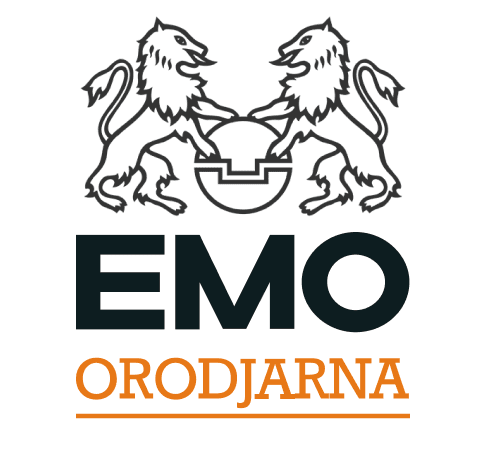THERMAL TREATMENT
Robotic laser quenching
The use of lasers has become widespread in recent years. The extraordinary potential of the laser beam, which only some researchers initially predicted, began to be used very early in the aviation and automotive industries. Once they proved to be useful there, the lasers began to be “received” also in other industries. The real march of lasers to the advanced production environments began with their prices dropping and with the support of computer technology, when laser machines and devices also became much more user friendly. Nowadays, laser technology is “embedded” in so many tasks that numerous types of production, research and measuring can no longer be imagined without it.
Today’s lasers are significantly more powerful than those from a few years ago and have many advantages over classic tools. With extreme flexibility and the possibility of process automation, lasers have become a central component of many production systems. Different treatments with lasers are today competitive with classic ones, not only from the technological but also from the economical perspective. Compared to conventional processes, laser technology has numerous and important advantages: touch-free, local and precision treatment, high power concentration, high process speed, low heat input, small thermal deformations, etc. In laser cutting, workpieces often do not require further treatment. Laser welding provides high quality welds (with minimal heat input), so it is also useful in many cases where other processes fail. Laser drilling is characterized by high precision, speed and flexibility. Laser soldering allows the creation of a fine structure of the joining spot. With laser marking, parts and products of a wide variety of materials are permanently marked. The laser also enables the rapid production of prototypes, tools and products. At the same time, new possibilities of using laser technology are constantly opening up.
Robotic micro-forging and surface hardening
Micro-forging is a treatment process in which a ball made of solid carbide is used to strike the workpiece surface by means of a pneumatic or electromagnetic tool mounted either on the robotic arm or on a CNC milling machine.
The aim of the technology is to smooth the grooves left behind by milling; therefore to reduce the corrugation, harden the material and eliminate internal tensions.
In micro-forging, we do not remove the material, but only move it, the material from the tops (marked in the picture) is kneaded into the dents. Ideally, we could achieve a perfectly flat surface, but in practice we tend to get as close as possible.
In principle, the hammer made of solid carbide with a ball at the end strikes the surface of the workpiece by means of pneumatic pressure.













